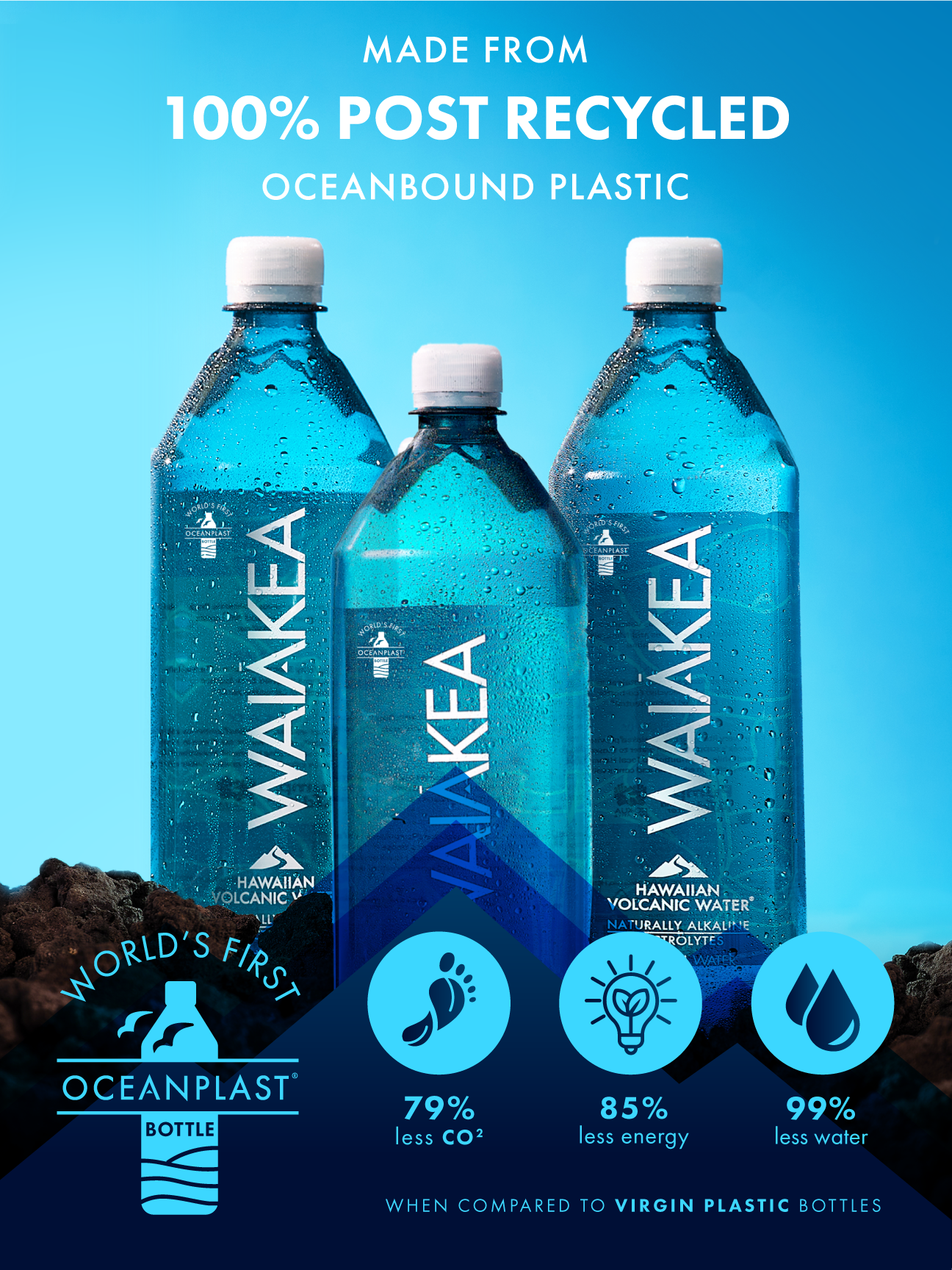Recycling, especially when it comes to beverage containers, has become a cornerstone in our journey to creating a more sustainable future. Yet, many myths and misconceptions still exists, often muddying the waters of our understanding. In this article, we'll clear up these myths and outline the critical distinction between PET beverage containers and plastic food containers. Let's dive in.
The PET Beverage Container Myth
Myth: All plastics are created equal and have the same recyclability.
Fact: Not all plastics are the same. PET (Polyethylene Terephthalate) beverage containers, often used for soft drinks, water, and juice, are among the most recyclable types of plastics. According to the Association of Plastic Recyclers, plastic bottles can be recycled into a new bottle 11 times before it needs to be downcycled into containers and/or polyester and transformed into new bottles, containers, or fibers.
*Circularity Study on PET Bottle-To-Bottle Recycling
In contrast, many plastic food containers, especially the ones used for takeout or pre-packaged meals, can be challenging to recycle. Why?
-
Contamination: Food containers often retain residues which can be challenging to remove completely.
-
Complex materials: Unlike PET bottles, some food containers combine different types of plastics or have layers of different materials, making them harder to process.
Beverage Containers and Landfills
Myth: It doesn’t matter if we recycle because most of it ends up in landfills anyway.
Fact: According to the Container Recycling Institute, states with container deposit laws, also known as bottle bills, have beverage container recycling rates upwards of 60-90%. These bottles do indeed end up in recycling facilities where they are given a renewed life as another bottle. This drastically reduces the number of containers that end up in landfills and in nature while simultaneously reducing carbon emissions.
Recycling’s Energy Consumption
Myth: Recycling consumes more energy than making new products.
Fact: Recycling PET plastics consumes 85% less energy than producing new plastic from raw materials, as per a study by American Chemistry. Another major benefit to recycling is that it reduces greenhouse gas emissions.
The world of recycling is not static, and many advancements are making the process even more efficient:
Closed-loop recycling: Pioneered by companies and facilities focusing on a sustainable approach, closed-loop recycling ensures that materials, like PET plastics, are recycled back into the same product, creating a cycle of use and reuse without degradation. This reduces the need for new raw materials and minimizes waste.
Zero waste facilities: Pushing the boundaries, zero waste facilities aim to reuse, recycle, or compost all incoming materials, leaving almost nothing for the landfill. While ambitious, several facilities globally are moving closer to this ideal.
The Potential of a National Bottle Bill
Imagine the impact if every nation adopted a bottle bill. Based on the success seen in states with such laws, we could expect:
-
Higher recycling rates: With a financial incentive to return beverage containers, participation in recycling would soar. Bottle bills have a demonstrable impact on recycling rates. In the United States, states that have implemented container deposit laws (CDLs) or bottle bills, such as Michigan and Oregon, boast significantly higher recycling rates. For instance, according to the Container Recycling Institute, Michigan has a remarkable 89% redemption rate for beverage containers. Oregon, another state with a bottle bill, has also seen elevated recycling rates, reaching up to 82%.
-
Reduction in litter: Bottle bills have been proven to reduce litter in the environment, as reported by Keep America Beautiful.
-
Economic growth: The creation of jobs in the recycling and processing industries, as well as reduced costs associated with waste management and environmental cleanup.
Beverage recycling holds vast potential, especially when it comes to PET plastics. By understanding the facts, supporting advancements in recycling technology, and advocating for policies like national bottle bills, we can pave the way for a more sustainable and eco-friendly future. Remember: every bottle counts, and together, we can make a difference. If you hear or see anybody claiming recycling doesn’t matter or is a scam, share this blog with them and let them know there are nuances to everything, just like plastics and recycling.
Click here to learn more about all different beverage packaging, including a comparison of recycled plastic versus glass or aluminum.

